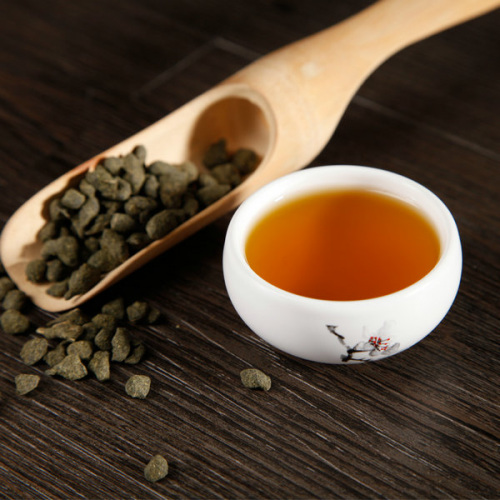
Oolong tea (Photo provided to China Daily)
When you are sipping an aromatic, warming cup of black tea, do you know that for the past 200 years, there have been numerous adventures, conspiracies, rises and falls of empires behind the history of those tea leaves?
What Westerners call black tea is red tea for the Chinese. Although the color of the tea looks black, the leaves and soup after brewing look red.
The Chinese side of the story about the invention of the first black tea, lapsang souchong, started in Tongmuguan, Fujian province's city of Wuyishan. The birth of the tea, the first to reach the Western world from Fujian, originated from an accident.
The story has it that a Chinese army happened to stop by a tea farm in the late Ming Dynasty (1368-1644) and soldiers slept on raw tea leaves intended for green tea making. Helpless and eager to avoid further loss, the anxious tea producer roasted the withered tea leaves immediately afterwards, with pine branches, ending up with a deep colored tea, which produced bright red soup, a smoky taste and sweet flavor.
To the tea farmer's surprise, the unintended taste and flavor became a hit in the market, and the whole area started to make the tea to satisfy market demand.
Around the end of the 16th century and the start of the 17th century, Dutch businesspeople took tea to Europe. Catherine of Braganza, when she married British King Charles II in 1662, took the tea drinking habit from Portugal to the British court.
It was hard to say if residents in the United Kingdom had the choice of drinking green tea, because it is said that after long sea transportation, green tea from China naturally fermented into black tea.
At the time British people still didn't know that black tea and green tea are made from the same leaves, so Scottish botanist Robert Fortune (1812-1880) met with disbelief when he pointed out that only a different processing method made black tea and green tea different.


















































